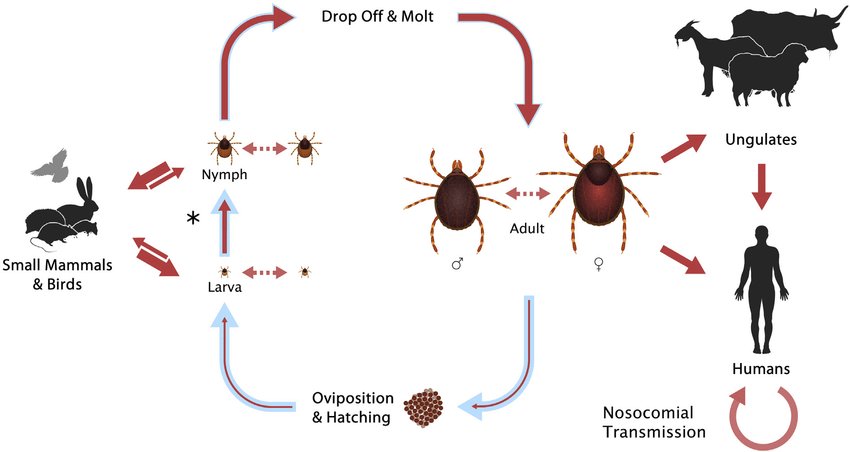Smuggled livestock, a main source of Crimean-Congo fever in Iran: MP

TEHRAN — Smuggled livestock which enter the country from eastern borders is one of the main reasons behind Crimean-Congo haemorrhagic fever (CCHF) outbreak in Iran, MP Mohammad Javad Jamali has said.
Another reason for the spread of the virus is that the livestock imported to the country won’t be kept in quarantine and the hot weather is also worsening the situation, Fars news agency quoted Jamali as saying on Friday.
Animal quarantine is designed for the purpose of preventing infectious diseases of domestic animals entering from foreign countries, he noted.
Unfortunately the virus has mostly spread in border areas and those infected with the virus presume that it’s only a simple infection and won’t refer to medical centers until it’s too late, Jamali regretted.
CCHF is a widespread disease caused by a tick-borne virus. The hosts of the CCHF virus include a wide range of wild and domestic animals such as cattle, sheep and goats.
According to World Health Organization (WHO) animals become infected by the bite of infected ticks and the virus remains in their bloodstream for about one week after infection, allowing the tick-animal-tick cycle to continue when another tick bites. The CCHF virus is transmitted to people either by tick bites or through contact with infected animal blood or tissues during and immediately after slaughter. The majority of cases have occurred in people involved in the livestock industry, such as agricultural workers, slaughterhouse workers and veterinarians.
Human-to-human transmission can occur resulting from close contact with the blood, secretions, organs or other bodily fluids of infected persons. Hospital-acquired infections can also occur due to improper sterilization of medical equipment, reuse of needles and contamination of medical supplies.
The mortality rate from CCHF is approximately 30%, with death occurring in the second week of illness.
Onset of symptoms is sudden, with fever, myalgia, (muscle ache), dizziness, neck pain and stiffness, backache, headache, sore eyes and photophobia (sensitivity to light). There may be nausea, vomiting, diarrhea, abdominal pain and sore throat early on, followed by sharp mood swings and confusion.
On June 27, Health Ministry spokesman Iraj Harirchi said that 41 individuals have been diagnosed with the disease and 5 killed by the deadly virus since the beginning of the current Iranian calendar year (March 21), Khabaronline reported.
Earlier in late May Fars news agency reported that Crimean-Congo hemorrhagic fever has put 10 individuals to death in Iran since the beginning of the current Iranian calendar year (March 21), but the report was denied by the Health Ministry.
MQ/MG
Leave a Comment